


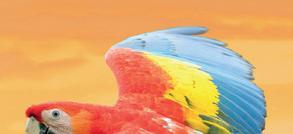
CAN YOU WORK OUT WHICH CREATURE WILL COME OUT ON TOP?
With over

AWESOME animal 300








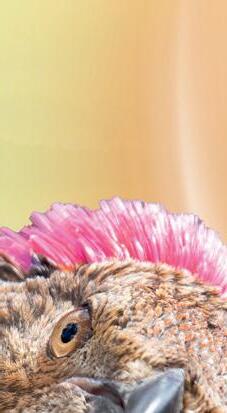

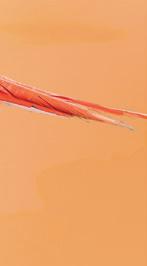





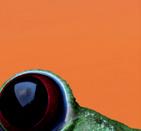
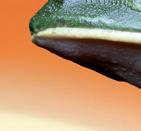
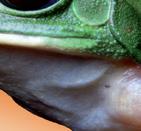

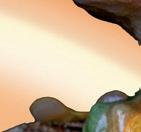




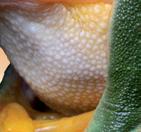
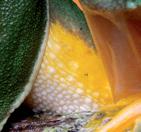






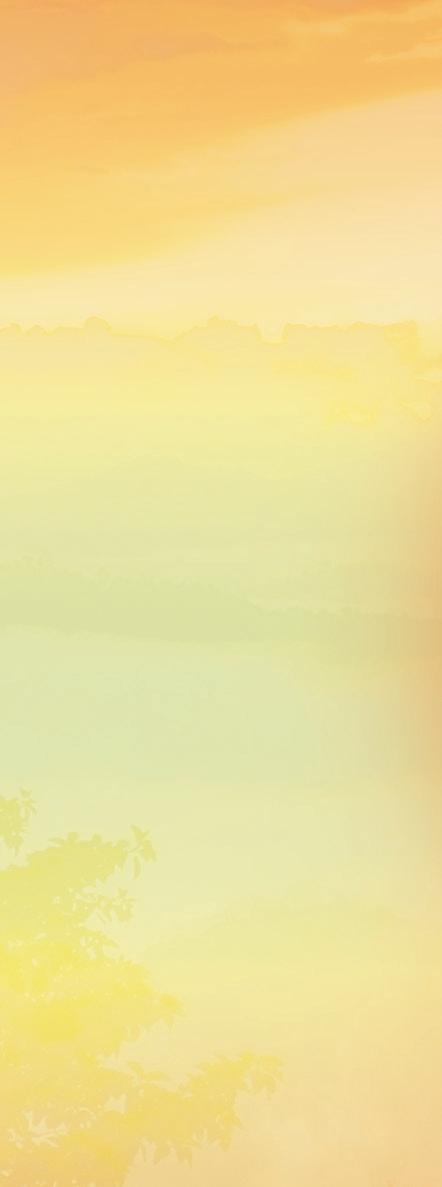


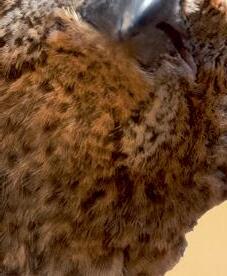













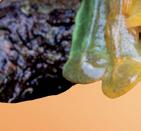

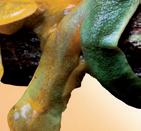

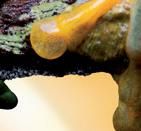









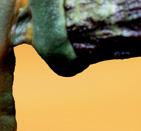






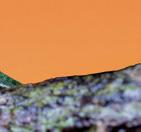
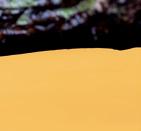

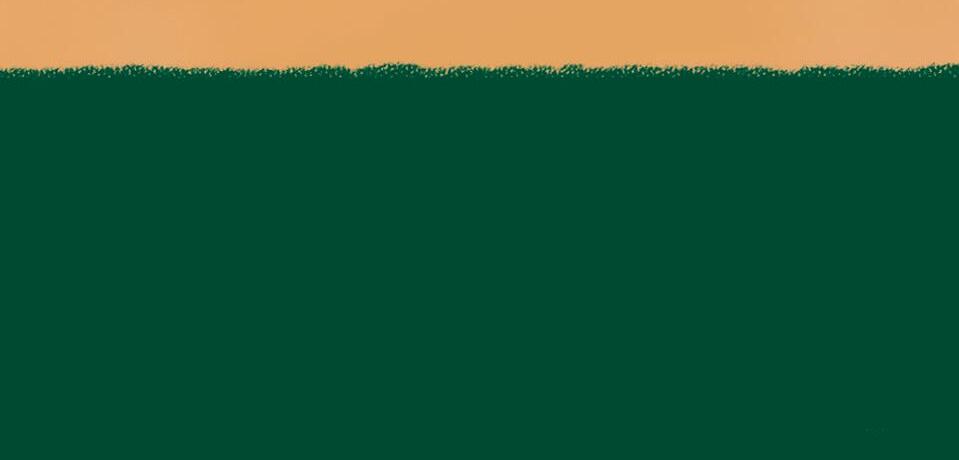















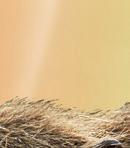
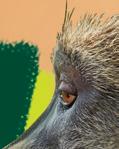
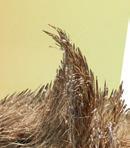
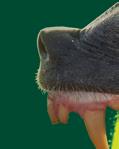

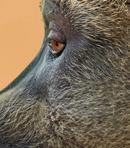

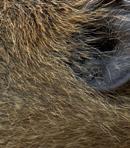
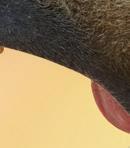


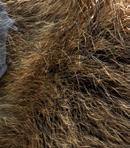
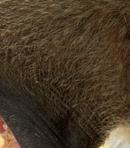
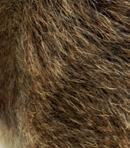

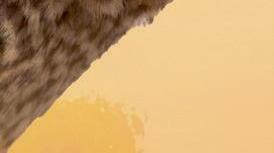

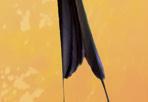











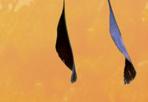

W HO W INS?
















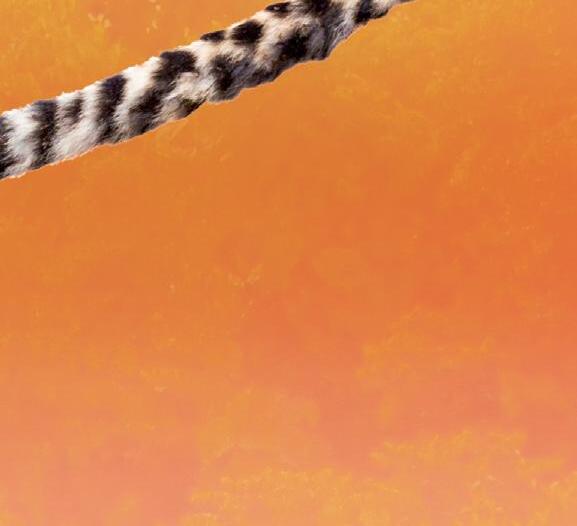


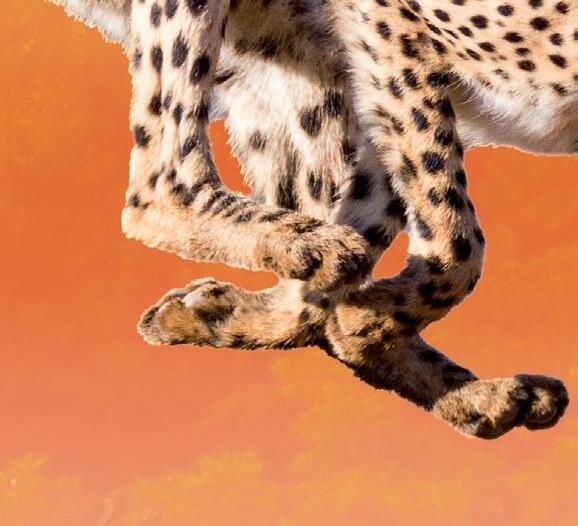
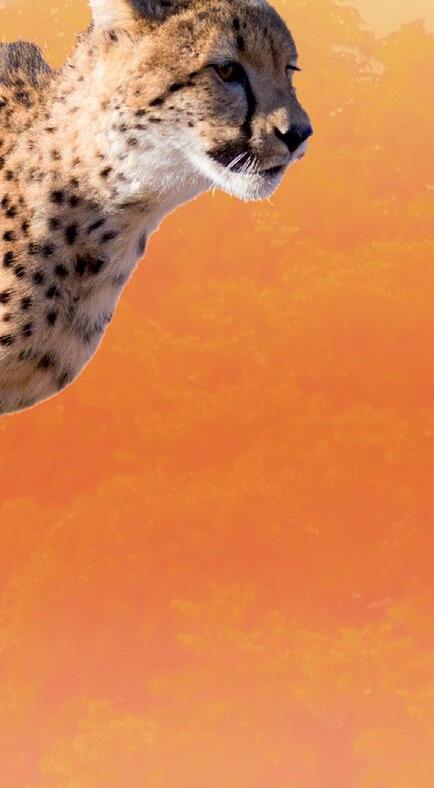

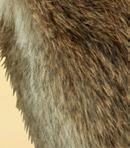
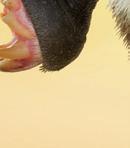

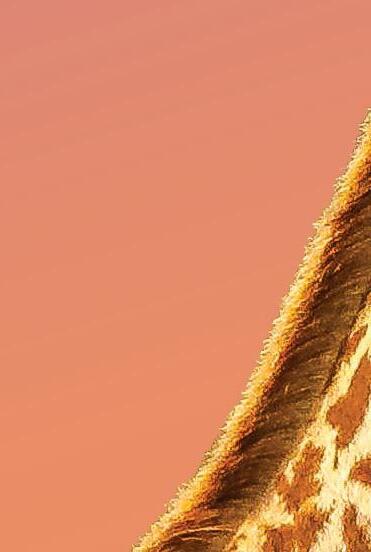
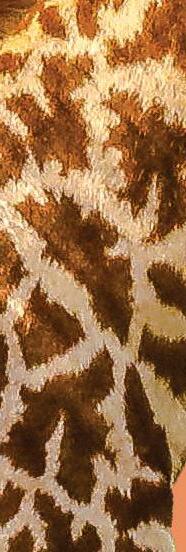


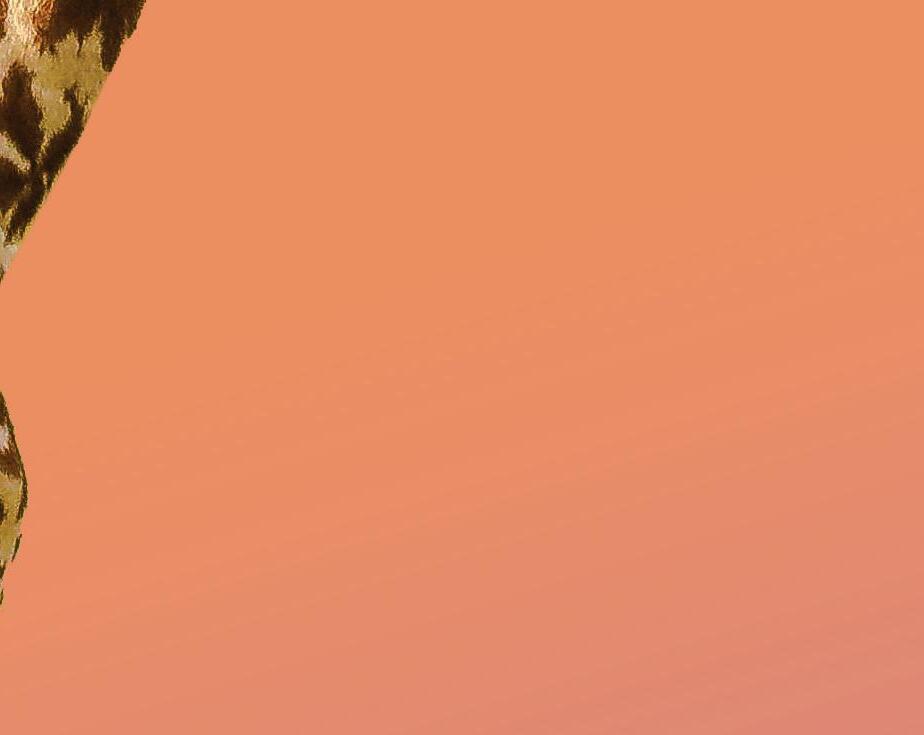


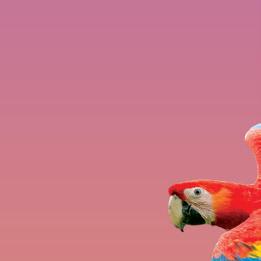
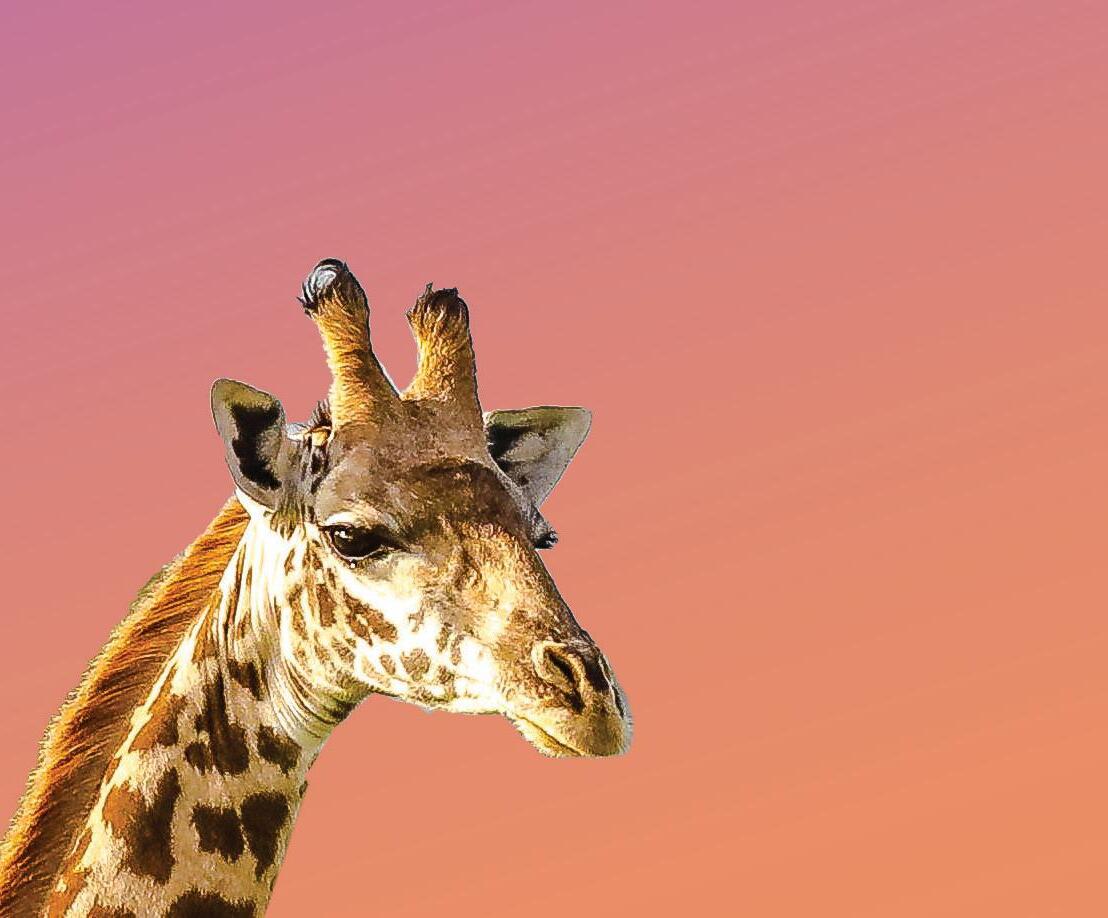
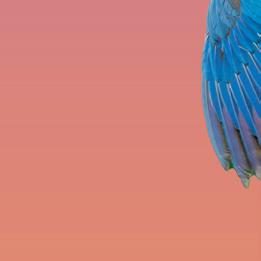


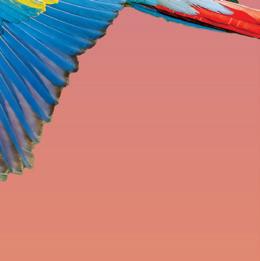

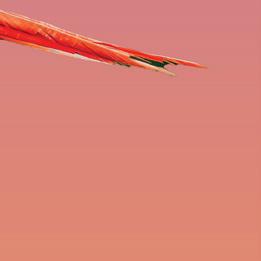


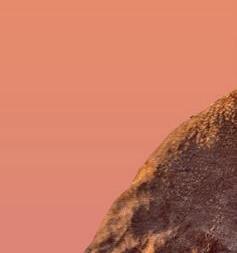



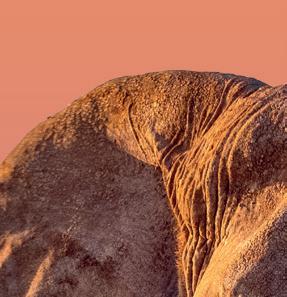
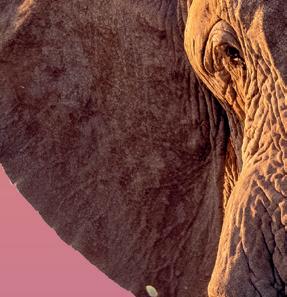
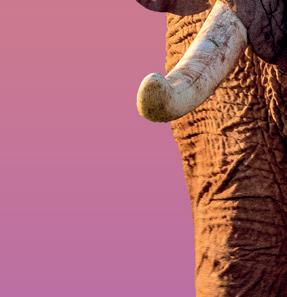






CAN YOU WORK OUT WHICH CREATURE WILL COME OUT ON TOP?
With over


























































































































W HO W INS?





























































UK | USA | Canada | Ireland | Australia India | New Zealand | South Africa
Puffin Books is part of the Penguin Random House group of companies whose addresses can be found at global.penguinrandomhouse.com.
www.penguin.co.uk www.puffin.co.uk www.ladybird.co.uk

First published 2025 001
Text copyright © Children’s Character Books
Text by Thea Hay
BBC and BBC Earth (word marks and logos) are trademarks of the British Broadcasting Corporation and are used under licence.
BBC logo © BBC 1996; BBC Earth logo © BBC 2008; Licensed by BBC Studios
The moral right of the author and illustrator has been asserted

Penguin Random House values and supports copyright. Copyright fuels creativity, encourages diverse voices, promotes freedom of expression and supports a vibrant culture. Thank you for purchasing an authorized edition of this book and for respecting intellectual property laws by not reproducing, scanning or distributing any part of it by any means without permission. You are supporting authors and enabling Penguin Random House to continue to publish books for everyone. No part of this book may be used or reproduced in any manner for the purpose of training artificial intelligence technologies or systems. In accordance with Article 4(3) of the DSM Directive 2019/790, Penguin Random House expressly reserves this work from the text and data mining exception
Text design by Dynamo Ltd Printed and bound in Dubai

The authorized representative in the EEA is Penguin Random House Ireland, Morrison Chambers, 32 Nassau Street, Dublin D02 YH68
A CIP catalogue record for this book is available from the British Library
ISBN: 978–1–405–97153–9
All correspondence to: Puffin Books
Penguin Random House Children’s One Embassy Gardens, 8 Viaduct Gardens, London SW11 7BW


























W



WI N S?
























1. Most devoted parent
2. Most cunning hunter
3. Show o !
4. So bashful!
5. Best dancer!
6. Best grass-eater Answers FORESTS
7. Who’s the smarty-pants?
8. Top fisher
9. Who’s calling?

13. Biggest threat Answers COASTS
















20. Best trickster
21. Best camouflage
22. Spines! Keep away!
23. Up, up and away!
24. Cleverest dri er
25. Super shape-shi er Answers

FRESHWATER
26. Who’s hiding?
27. Highest breeding ground
28. Lurkers who lunch
29. Cut to the chase!
30. Top dad Answers EXTREMES
31. Best suited
32. Most fireproof nest
33. Strongest team
34. Blowing hot and cold!
35. Most nimble Answers


HUMANS
36. Comeback king



37. What’s for dinner?
38. Most successful city-dweller
39. Most damaging





40. Most unlikely friends Answers Glossary Picture credits


























Which African big cat is the most cunning hunter – the leopard or the cheetah?
Which desert animal risks its life to protect its newborns – the chacma baboon or the ostrich?
Which creature has the most unusual hunting technique – the sea angel or the sea butterfly?


Every day, hundreds of contests like these go on in the animal kingdom. By studying the information given in the cards in this book, can you work out WHO WINS some of them? Learn about the appearance, habitat and behaviour of each pair of animals, then compare their features and strengths to predict the winner. While the contests in the book have winners and losers (and sometimes joint winners!), every animal is special. This means that in a real-life predator-and-prey scenario, the same animal won’t win every time. The natural world is full of surprises!
The contests are divided into 7 habitats:









Only the most resilient animals can survive the harsh desert. While grasslands may not have the same relentless heat and droughts as deserts, life here can still be challenging, particularly as vast areas of grassland are being cleared by humans.









The world’s mighty forests are deep, dark and secretive. From creatures that swing through the treetops to the minibeasts on the forest floor, each animal is adapted to its own area of the forest.










Coasts are where the world’s oceans meet land, which often creates difficult conditions for the creatures living there, who are specially adapted to cope with the harsh environment.








The world’s oceans are vast and deep, sometimes forcing sea creatures to travel huge distances to find food and places to breed. Other creatures live in the shallows, such as coral reefs, which can be full of predators. But their prey has sneaky survival tactics too.






Inland lakes and rivers support thousands of animal species – from fish to reptiles, birds and mammals to insects. It’s a busy environment where every animal is competing for resources.











Mountain peaks and deep caves, scorched plains and freezing polar regions . . . these are Earth’s most extreme habitats. Only animals with special qualities and strengths have any chance of survival.





Humans are encroaching on animal habitats, but some animals have learnt to live side-by-side with them. A few ingenious creatures have even found ways to take advantage of humans being so close-by.

















Like all mammals, a chacma baboon mother needs water if she is going to produce enough milk for her newborn – which is really hard in the desert landscape. Who gets what little water there is relies on a pecking order. A mother will travel many miles with her troop and risk many dangers to be able to feed her baby.


LOCATION:

SIZE: SPECIAL FEATURES:

STRENGTHS:




Namib desert


Up to 1.5 metres long (including tail), 40 kg in weight



Lives in groups called troops, governed by strict and complex hierarchies
Has a mental map of the desert’s water and food sources










With soaring temperatures and water scarce, deserts provide tough environments for animal parents raising their young. Trying to feed and protect newborns is a constant battle against the landscape, weather and predators –which demands stamina, determination and devotion. This often means long hours of sacrifice in the scorching heat.






Which is the most devoted parent – the chacma baboon or the ostrich?










Ostrich eggs are the largest in the world, weighing up to 1.5 kg each and averaging around 15 cm long. The eggs take about 42 days to hatch, during which time the mother incubates them throughout each day – even in the intense heat of the desert – while the father guards them during the night.
LOCATION:
SIZE:




SPECIAL FEATURES:


STRENGTHS: Namib desert
Around 2.5m tall, up to 135 kg in weight





Can deliver dangerous kicks if threatened Black (male) and lighter brown (female) feathers withstand heat and help avoid detection by predators



